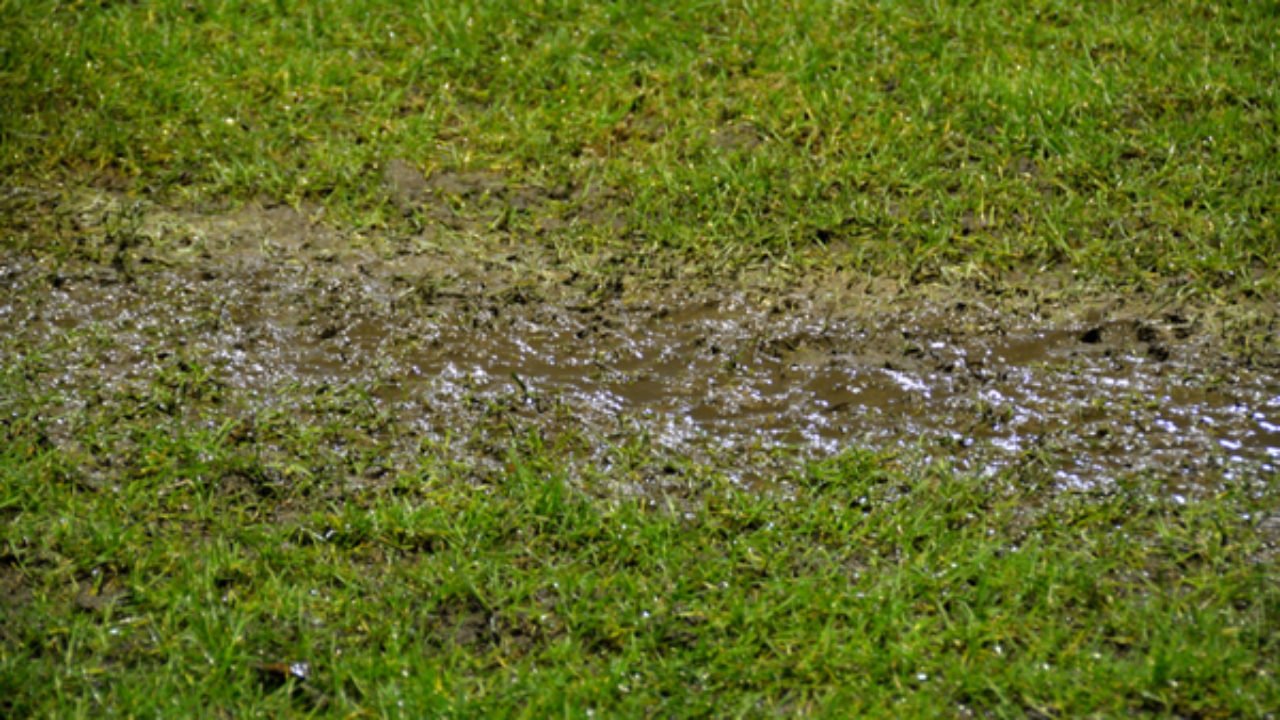Detect Sneaky Water Line Leaks: 6 Smart Detection Tricks
Detect Sneaky Water Line Leaks: 6 Smart Detection Tricks
Blog Article
Do you find yourself in search of information and facts on Leaking water lines?

Early detection of dripping water lines can alleviate a potential catastrophe. Some tiny water leaks may not be noticeable.
1. Take A Look At the Water Meter
Every house has a water meter. Examining it is a surefire way that assists you discover leakages. For beginners, switch off all the water sources. Make sure no person will certainly purge, use the faucet, shower, run the cleaning machine or dishwashing machine. From there, most likely to the meter and also watch if it will certainly transform. Since no person is using it, there should be no motions. If it relocates, that indicates a fast-moving leak. Similarly, if you discover no changes, wait an hour or 2 and also check back once again. This implies you might have a slow-moving leak that could even be underground.
2. Inspect Water Usage
If you identify sudden changes, regardless of your usage being the exact same, it implies that you have leakages in your plumbing system. An unexpected spike in your costs indicates a fast-moving leak.
A stable boost every month, even with the very same routines, reveals you have a slow leak that's additionally gradually escalating. Call a plumber to completely examine your building, particularly if you feel a cozy location on your floor with piping underneath.
3. Do a Food Coloring Test
When it comes to water intake, 30% comes from commodes. If the shade in some way infiltrates your bowl throughout that time without flushing, there's a leak between the tank and also bowl.
4. Asses Exterior Lines
Don't forget to inspect your outside water lines as well. Must water leak out of the connection, you have a loosened rubber gasket. One little leakage can throw away lots of water as well as surge your water bill.
5. Evaluate and also Assess the Scenario
Home owners should make it a habit to inspect under the sink counters and also even inside cabinets for any kind of bad odor or mold and mildew development. These 2 warnings show a leak so punctual focus is needed. Doing regular examinations, also bi-annually, can save you from a major issue.
More significantly, if you understand your home is already old, keep a watchful eye on your heating units, tubes, pipelines and so on. Look for stainings and also weakening as most pipes and appliances have a life span. They will certainly likewise normally wear away because of wear and tear. Do not wait for it to rise if you presume leaking water lines in your plumbing system. Call a professional plumber today so you don't end up with a horrible mess in your home.
Early discovery of leaking water lines can mitigate a prospective disaster. Some small water leaks might not be noticeable. Inspecting it is a surefire way that assists you uncover leaks. One small leakage can lose bunches of water and also spike your water bill.
If you think dripping water lines in your plumbing system, do not wait for it to escalate.
WARNING SIGNS OF WATER LEAKAGE BEHIND THE WALL
PERSISTENT MUSTY ODORS
As water slowly drips from a leaky pipe inside the wall, flooring and sheetrock stay damp and develop an odor similar to wet cardboard. It generates a musty smell that can help you find hidden leaks.
MOLD IN UNUSUAL AREAS
Mold usually grows in wet areas like kitchens, baths and laundry rooms. If you spot the stuff on walls or baseboards in other rooms of the house, it’s a good indicator of undetected water leaks.
STAINS THAT GROW
When mold thrives around a leaky pipe, it sometimes takes hold on the inside surface of the affected wall. A growing stain on otherwise clean sheetrock is often your sign of a hidden plumbing problem.
PEELING OR BUBBLING WALLPAPER / PAINT
This clue is easy to miss in rooms that don’t get much use. When you see wallpaper separating along seams or paint bubbling or flaking off the wall, blame sheetrock that stays wet because of an undetected leak.
BUCKLED CEILINGS AND STAINED FLOORS
If ceilings or floors in bathrooms, kitchens or laundry areas develop structural problems, don’t rule out constant damp inside the walls. Wet sheetrock can affect adjacent framing, flooring and ceilings.
https://www.servicemasterbyzaba.com/blog/how-to-detect-water-leakage-in-walls/

I recently found that piece of writing on Locating water leaks while scouting around the internet. Sharing is caring. You won't know, you will be doing someone a favor. Thanks a lot for taking the time to read it.
Secure, fast, dial! Report this page